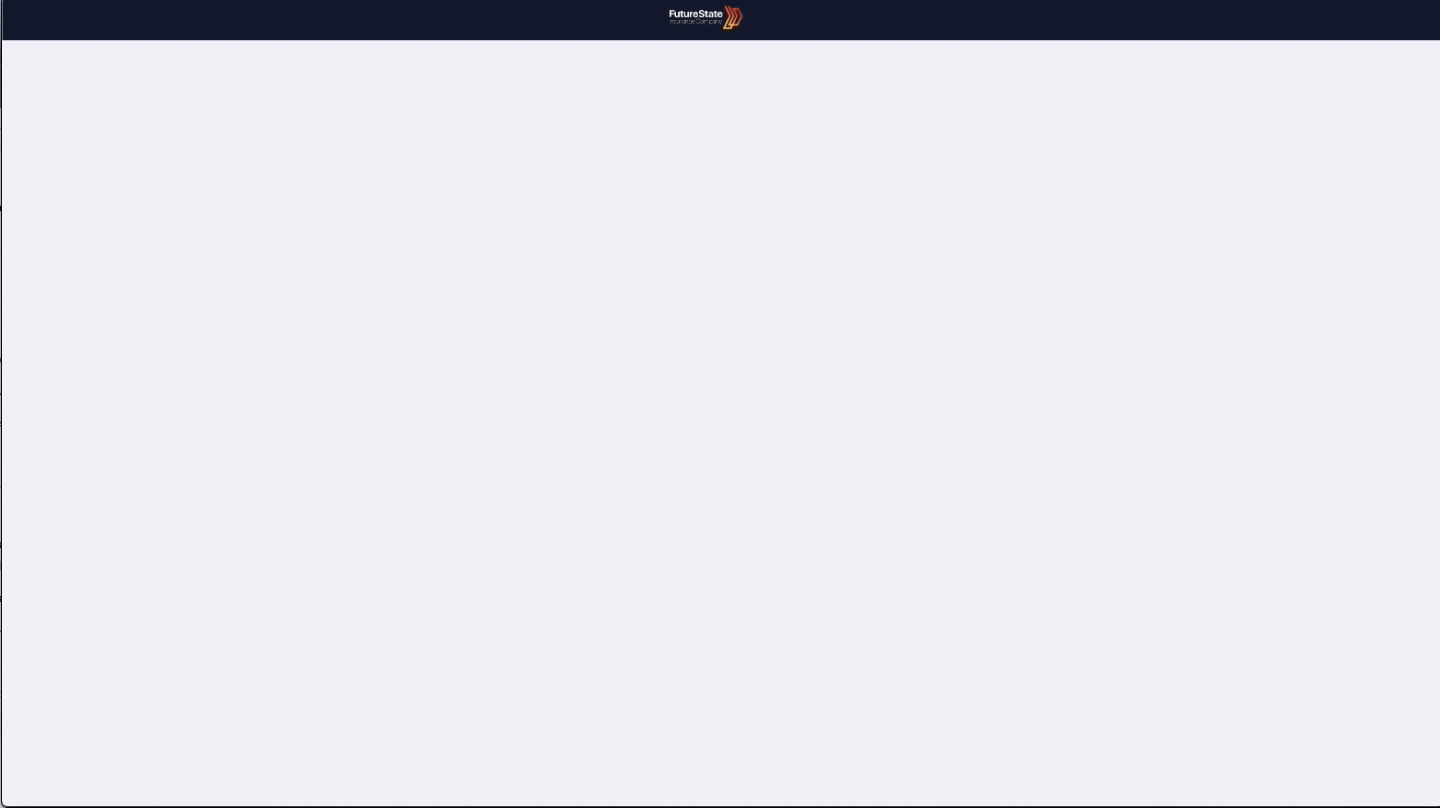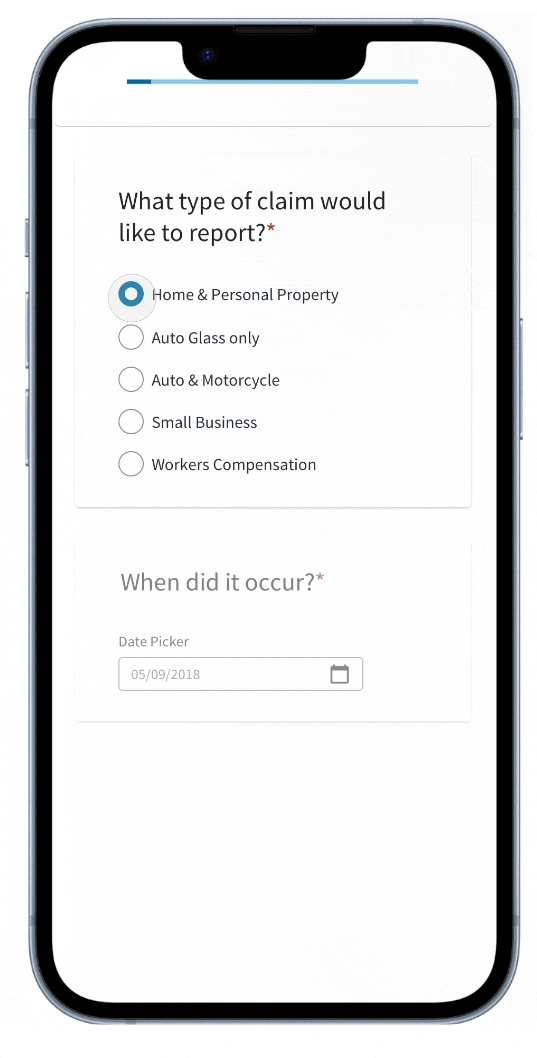
- → Led end-to-end design
- → Partnered with PM on planning
- → User Research
- → Design workshop
- → A core team of a PM
- → 2 FE & BE Developers
- → Solution Consultants
The challenge
Guidewire helps P&C insurers run and grow their businesses. But today’s claims teams face growing pressure to reduce costs, improve accuracy, and enhance the customer experience.
1 in 3 customers leave after a poor claims experience
CSAT drops 29 points when an adjuster is involved
<10% have automated claims today, though >50% want it within 3 years
The Impact
↑ 25–35% increase in the ability to fully automate certain claims workflows, ↑ 15% improvement in data accuracy, and ↑ 20+ points improvement in user satisfaction scores.
The Solution
Claims Intake Designer enables business users at insurance companies to design and deploy Claims Intake experiences without coding. It offers pre-built metadata question sets and a drag-and-drop interface to create adaptive workflows where each question depends on the previous response.
The tool generates a runtime UI for policyholders and integrates with Claims Autopilot, structuring collected data into a payload for automated processing.
The Process
Conduct quantitative research and interviewed claims managers at mid-sized insurers to understand how they create and manage the Claims Intake experience.
The goal was to uncover:
Key phases in building an auto claims intake
Time required to complete the process
Personas involved at each phases of the process
Mapped out As-is vs. To-be flows: I mapped the as-is journey, which revealed a heavily IT dependent process: Initial setup led by business users, Implementation and post-implementation handled by IT and engineering.
To envision a better experience, I created a to-be flow—highlighting tasks that could shift from IT to business users with the right tools, reducing delays and increasing efficiency.
Conducted Competitive Analysis and drawing inspiration from both insurance and non-insurance solutions for a wide range of ideas
Ran a Working session with PMs and devs to align on opportunities and validate feasibility.
Created a series of low-fi mocks and iterated through feedback cycles with PMs, engineers, and designers.
Conducted usability study and synthesis where I recognize users struggled with navigation, terminology, and rule setup. We prioritized improving node behavior, UI clarity, and accessibility, with quick wins in navigation and terminology.
Design Highlights
My design was showcased at Connections, Guidewire's annual customer conference in 2022, by the company's Chief Product Officer and Chief Technology Officer.
Design Details
The Question Library & Question Details Panels
The Connector Details
The Connector Details panel defines the rule for branching logic based on specified conditions. It acts as a rule-based decision point that controls how the process moves from one step to another.
The Toolbar
The Claims Automation service (Autopilot)
The Claims Intake Designer and the Claims Automation Service are closely coupled, with the information gathered by the runtime UI creating a payload for the Claims Automation Service.
Evaluates each claim as it comes into ClaimCenter and then begins automating tasks, aiming to move towards manual
Automate: It evaluates each claim as it enters ClaimCenter and begins automating tasks accordingly.
Knockout: Its goal is to reduce manual handling to exceptions, making it the rare case rather than the standard.
An example of a claim handled by Claims Autopilot (as shown in Claim Center) using information gathered through the Claims Intake Designer runtime UI
INtake designer Output
The Intake Designer ultimately generates the runtime UI, which policyholders will access. To ensure a seamless user experience, I also explored end-user interaction design, visualizing how the final output of the Intake Designer would appear to insured users.
















